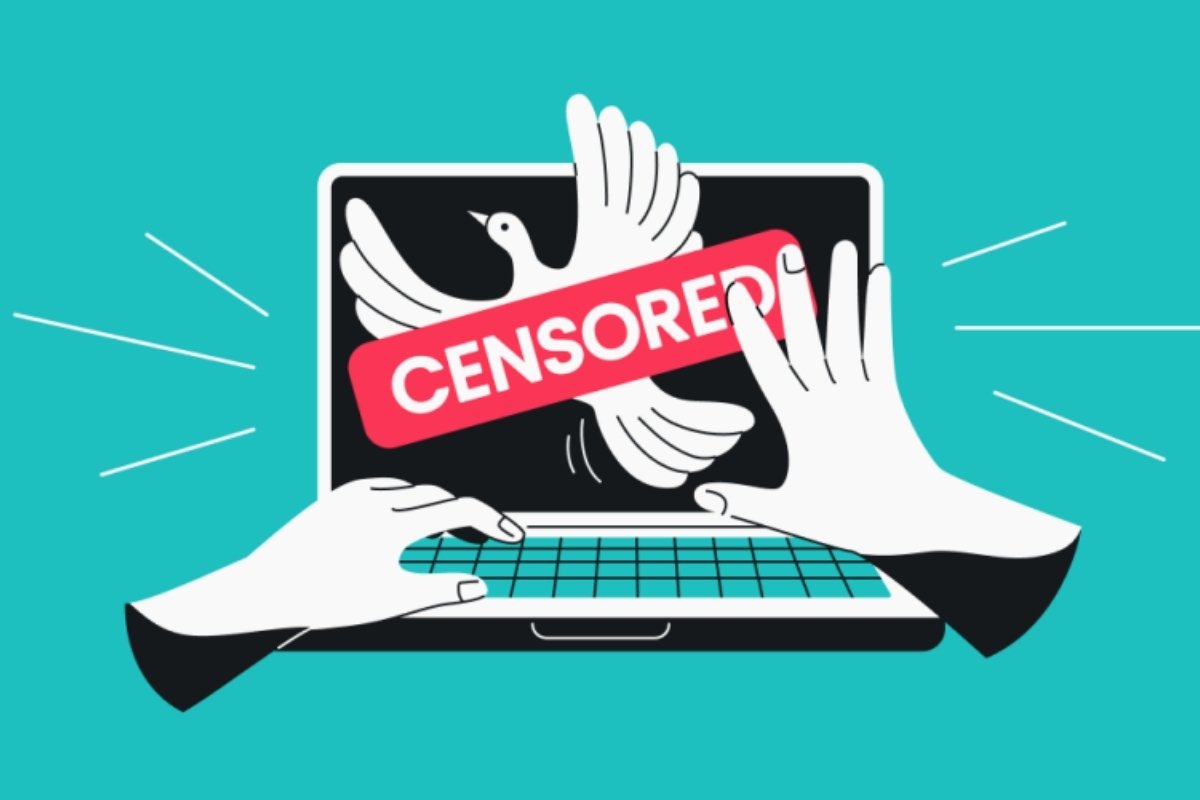In today’s digital age, social media has become the primary platform for communication, news consumption, and political discourse. However, with its vast influence comes a heated debate over free speech and online censorship. As major tech companies impose content moderation policies, many Americans question whether their First Amendment rights are being upheld or restricted. This article delves into the battle over online censorship in the U.S., examining key issues, perspectives, and potential solutions.
The Role of Social Media in Modern Communication
Social media platforms like Facebook, Twitter (now X), Instagram, and TikTok have revolutionized how people share ideas. They provide instant access to global conversations, empower grassroots movements, and give individuals a voice that traditional media often overlooks. However, with billions of users, the spread of misinformation, hate speech, and harmful content has also surged.
The Free Speech vs. Content Moderation Dilemma
The debate over free speech and censorship on social media centers around two competing interests:
- Protecting Free Expression: Advocates argue that social media is the modern public square where individuals should be free to express their opinions without fear of suppression.
- Preventing Harmful Content: Tech companies and some policymakers contend that unrestricted speech can lead to the spread of false information, harassment, and incitement of violence.
The question remains: Where is the line between responsible moderation and undue censorship?

The First Amendment and Private Companies
A crucial aspect of this debate is the First Amendment, which protects free speech from government interference. However, social media platforms are private companies, meaning they have the right to enforce their own content policies. Courts have repeatedly ruled that these companies are not bound by the First Amendment in the same way the government is.
Still, since these platforms wield enormous influence, critics argue that their censorship decisions impact democracy and public discourse.
High-Profile Cases of Online Censorship
Several controversial incidents have fueled the debate over online censorship:
- Donald Trump’s Social Media Ban (2021): Following the January 6 Capitol riot, Twitter, Facebook, and other platforms banned former President Trump, citing concerns over inciting violence. Supporters viewed it as necessary action, while opponents called it political censorship.
- Hunter Biden Laptop Story (2020): Twitter temporarily restricted a New York Post article about Hunter Biden’s laptop, citing concerns over hacked materials. Critics saw this as an example of political bias in content moderation.
- COVID-19 Misinformation Crackdown: Platforms removed or labeled posts spreading misinformation about vaccines and treatments, sparking accusations of suppressing alternative viewpoints.

The Role of Algorithms and Shadow Banning
Social media companies use algorithms to control content visibility, which has raised concerns about shadow banning—the practice of reducing the reach of certain users or viewpoints without clear notification. Critics argue that this disproportionately affects conservative voices, though platforms deny intentional bias.
Government Regulation: A Double-Edged Sword
As censorship concerns grow, lawmakers have proposed different regulatory approaches:
- Repealing or Reforming Section 230: This law protects platforms from being held liable for user-generated content. Some argue it allows platforms to censor without accountability, while others believe its repeal could stifle online discourse.
- State-Level Laws: Texas and Florida have passed laws limiting social media’s ability to ban political figures or viewpoints, though legal challenges continue.
- Federal Oversight: Proposals exist to establish transparency requirements, but critics fear government intervention could lead to further speech suppression.
Potential Solutions to Balance Free Speech and Moderation
To find a middle ground between free speech and responsible content moderation, several approaches have been suggested:
- Greater Transparency: Social media companies should disclose how they enforce policies, including algorithmic changes and content removal decisions.
- Independent Oversight: Creating independent review boards to assess censorship complaints could enhance accountability.
- User Control Options: Giving users more control over content visibility and moderation preferences might help balance concerns.
- Decentralized Platforms: Emerging alternatives like decentralized social networks (e.g., Mastodon, Bluesky) offer users more control over content moderation.
The battle over online censorship in the U.S. is far from over. As social media continues to evolve, so too will the discussions on free speech, platform responsibility, and government regulation. Finding a balance that upholds democratic values while ensuring a safe digital environment remains one of the greatest challenges of the internet era. Ultimately, fostering open dialogue and transparency will be crucial in shaping the future of free speech online.


